First Look: The Evolved Aimpoint Duty RDS MR

Officially unveiled earlier this week on August 27, 2025, by the Swedish red dot OGs at Aimpoint, the new Aimpoint Duty RDS MR brings new Multi-Reticle (MR) functionality to the compact red dot sight platform that is intended to be a slightly more budget-friendly yet feature-rich version of some of Aimpoint's other legendary red dot offerings. I was fortunate enough to receive a copy of the new sight just a day before launch day, and although my range time has been brief with the new sight. I figured it’d be a great idea to bring you guys a quick “first look” article to see what the new platform is offering vs the old, as well as what people can expect from one of Aimpoint's more affordable red dot options for rifles and shotguns.
More from Aimpoint @ TFB:
First Look: The New Aimpoint Duty RDS MR
Like I talked about in my original review of the first version of the Duty RDS, the Duty is meant to be a more affordable alternative to the Aimpoint T2. Whether or not you think that the price difference is worth the gap in performance is entirely up to you. The new Duty RDS MR, on top of all of the features found in the original, adds a few new features to round out the design and help it meet some customer demands missing in the original.
Same, Same, But Different
The Duty RDS MR and base Duty RDS both feature great battery life, giving you up to three years of runtime on a single CR2032 battery at brightness setting 7 (out of 12). But the MR helps extend that battery life with Instant-On Motion Activation. Give it a shake, and it’s ready to go; leave it still for two hours, and it naps to save juice. The base Duty RDS doesn’t have this motion-sensing feature, so you’re stuck flipping it on and off manually, and these days, that might as well be a sin in the red dot world. With as many red dots as I have and the different “switchology” that they all have, I’ve come to like motion-activated systems since most of the time I’ll forget to turn off my red dot when heading home from the range.
Both the Duty RDS MR and base Duty RDS use the same one-piece torsion nut mount for Picatinny rails, so they’ll snap onto your rifle with the included mount and torx fastener, which also serves as your windage and elevation adjustment tool. This is a feature I am not a huge fan of, as I prefer using field expedient tools (empty casings). The Duty RDS MR is available in both a 30mm and a taller 39mm mount, one offering you a lower 1/3rd co-witness with irons, and the shorter 30mm mount can be picked instead for an absolute co-witness with your backup irons.
Unlike the original Duty RDS, which has come down in price to just $500 direct from Aimpoint, you’ll have to pay a premium for the new features on the RDS MR with an asking price of $650 from the Aimpoint website. I’m certain these will similarly come down in price as the product develops a name for itself and sees some adoption in the market.
New Reticle Options
The new optic’s controls are actually pretty simple. Up is brighter, down is dimmer, holding down powers the optic off manually, and holding up changes the reticle. In the short video I’ve made from my time at the range with the optic, you can see that if you continue holding down the button, the reticle will cycle through every second or so. As soon as you stop holding the button down, the reticle is selected, and you don’t have to worry about anything else.
The MR, like the original, does not feature a button lockout mode to prevent inadvertent button presses, but the buttons themselves are recessed far enough inside the optic housing that this shouldn’t be an issue in all but the most extreme circumstances.
The reticle, in its entirety, is capable of helping the user range targets, and has some simple pre-defined subtensions for hold-overs and unders at various ranges. At the range using the matching Aimpoint Mangifier, this made shots at further distances much easier to walk in or gain first shot-hits. Aimpoint themselves have a very clearly defined set of uses for the Duty RDS MR.
“Close range (0–25 yds):
The 65 MOA circle can be used to bracket and quickly center a target. The 6 o’clock lower hash mark provides a precise aiming reference for accurate shots inside 7 yards.
Mid to long range (24-400+ yds):
Use the 2 MOA dot for precision shots at close to long range. A 50-yard zero will typically keep the impacts within a 4-inch deviation out to 250 yds on most 5.56/.223 rifles. To achieve maximum precision, the use of an Aimpoint® magnifier is encouraged.”
At The Range
I have not put the Aimpoint magnifier and the new Duty RDS MR through a ton of abuse as of yet, but so far, the optic is behaving as I’d expect any Aimpoint product to. To test the new Duty MR and magnifier, we slapped them on one of the new Hi-Point HP-15 carbines and got to work. The optic was almost zeroed right from the factory, and the mount that was included gave us a nice lower ⅓ co-witness, which allowed me to get a precise zero with the magnifier's aid quickly. The glass quality here is great, and the tint is virtually unnoticeable, but it is present. I’m impressed with the battery life of these optics compared to the relatively low tint the lenses seem to have from the user end.
As mentioned before, one of my annoyances about the Duty and the new MR is that it requires the use of a Torx for adjustment. This is slightly exacerbated by the fact that the magnifier is capable of alignment using virtually any centerfire case head. That minor gripe aside, like the original, the buttons and switchology are straightforward, simple, and easy to use with gloves or bare hands. You know when you’re pressing the button, and the fact that it is a button is one thing that keeps the cost down versus the dial (rheostat) found on other red dots.
A neat feature of the magnifier is the ability for it to be quickly removed if it, for some reason, is broken or needs to be removed for better compatibility with night vision systems. A small lever allows you to rotate the magnifier 90 degrees and remove it completely, leaving the mount attached to your rifle, should you need or want to reattach it during daylight hours. This small feature is nice for reducing clutter on your rifle at night that could get hung up on slings, shrubs, etc.
Final Thoughts
The Aimpoint Duty RDS MR feels like a smart and intentional step forward for shooters who want the reliability of Aimpoint optics without paying flagship-optic-level prices. By adding the multi-reticle system and motion activation, Aimpoint has addressed some of the most common user demands while retaining the rugged simplicity that makes these optics trusted tools in the field. The MR doesn’t reinvent the Duty, but it does refine it, giving shooters more versatility with reticle choices, better power management, and a level of flexibility that makes it well-suited for both close-quarters work and even stretching out with a magnifier if you’re willing to foot the cost for one.
Sure, there are still a couple of minor gripes I have—like the reliance on Torx adjustments, the price, and the absence of a button lockout—but none of those feels like a deal-breaker when weighed against the optic’s performance, durability, and enhanced functionality. In many ways, the Duty RDS MR strikes the balance between affordability and premium features that a lot of shooters have been waiting for in an Aimpoint. If you’re in the market for a rugged, dependable, more versatile non-Chinese compact red dot, the Duty RDS MR is very much worth a hard look.
We are committed to finding, researching, and recommending the best products. We earn commissions from purchases you make using the retail links in our product reviews. Learn more about how this works.

Reloader SCSA Competitor Certified Pilot Currently able to pass himself off as the second cousin twice removed of Joe Flanigan. Instagram: https://www.instagram.com/ballisticaviation/
More by Luke C.
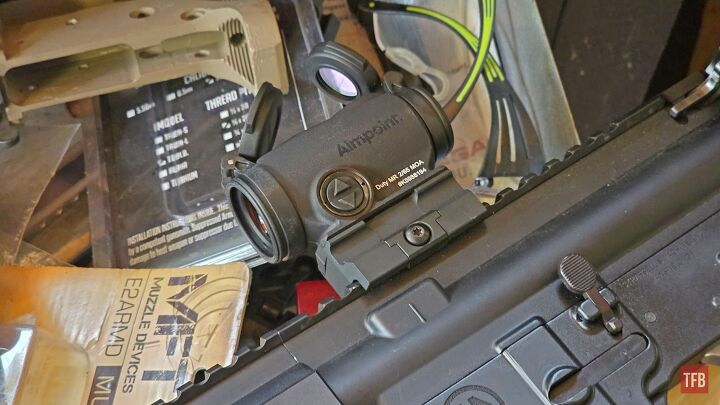














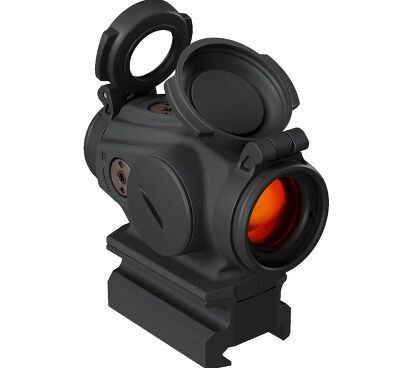





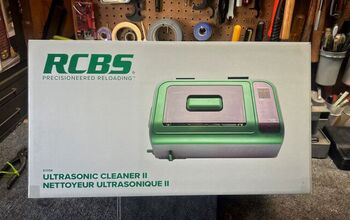
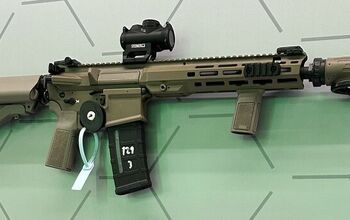


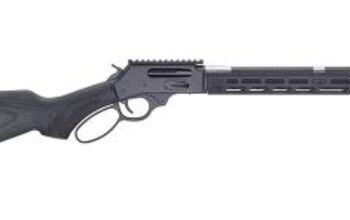
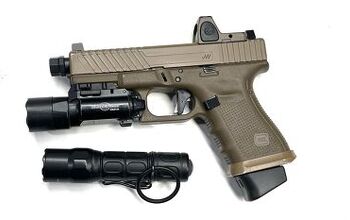

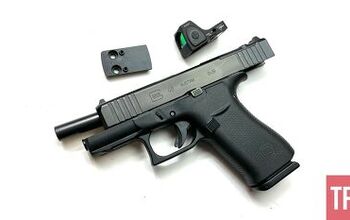


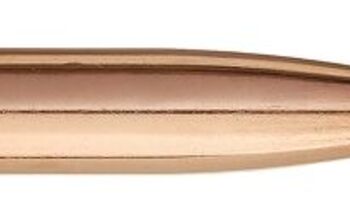


Comments
Join the conversation
Yes, I'll be getting one because no way will I support oem Chinese shooting industry gear like H0l0sun.